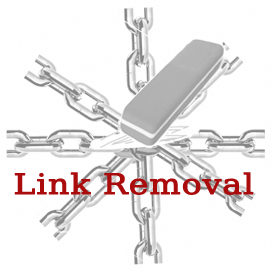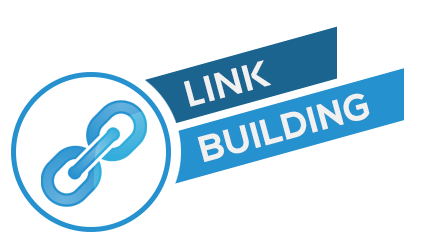Link Removal Is The New Link Building And Here’s Why?
Ever since the Google Panda and Penguin updates, webmasters have been scrambling to tidy up their link profiles. Owners of older websites, especially those who participated in dubious link exchanges, spun article marketing or other semi-automated link-building techniques, are now finding that the number of links they have is not helping them move up the rankings. If anything, removing some of those links would be a good thing.
Do You Need to Prune Your Links?
To determine whether or not you need to prune your links, use your favorite analytics and SEO tool to look at your current link profile. If a large percentage of your links share the same anchor text, you have a lot of site-wide links or almost all of your links point directly to your site’s home page, then you have a less than ideal link profile.
A healthy link profile includes a lot of deep links – those which point to specific blog posts or product pages on your website. It also includes a lot of different anchor texts. Google (and other search engines) looks favorably upon varied anchor texts because they look more organic. If everyone is posting the same text, it’s likely that those links were incentivised.
Tidying Up Your Link Profile
If you decide to engage in a link-pruning exercise, the first thing you need to do is work out which links are good and which are bad. Make a list of every site linking to you and note down the following information:
• The target URL of the link. Is it a home page link, or a deep link?
• Anchor text
• The source URL
• The source rank – such as page rank, Technocratic rank or whatever metric you feel is important in your niche
• Source crawl date
• No follow: Yes/No
• Redirect: Yes/No
• Does the link display your page in a frame: Yes/No
• Site-wide: Yes/No
You should also note down the contact details for the webmaster responsible for each site.
Prioritize the removal of links that are from low-quality sites. Send an email to each webmaster; politely informing them that you are trying to recover from a Google penalty and that you would appreciate it if they would help you by Remove Bad Links. Keep a record of all correspondence and follow up on the request if you don’t get a response within a reasonable period of time.
Once your link-pruning process is underway, contact Google and explains what you have been doing. When Google crawls the websites containing pages that used to link to you, they will see that the links have been removed and your rankings should start to recover.
It takes a long time to see the effects of your link pruning. While you are working on tidying up bad links, try some guest blogging and other ways of improving your link profile so that your site can emerge from the penalty stronger than ever before.



